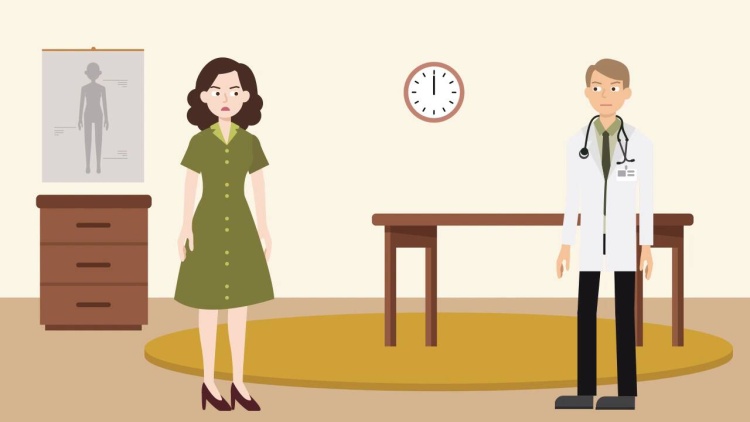Boyce v. Brown
Arizona Supreme Court
77 P.2d 455, 51 Ariz. 416 (1938)

- Written by Sean Carroll, JD
Facts
In 1927, Nannie Boyce (plaintiff) fractured her ankle and saw Dr. Brown (defendant) to fix it. Brown operated on the ankle and inserted a screw to stabilize it. Seven years after the operation, in 1934, Boyce’s ankle was hurting again and she went back to Brown. Brown wrapped the ankle in tape and filed down an arch support he had given Boyce after the surgery. He removed the tape about a week later. Brown did not take an x-ray of the ankle. Boyce’s ankle did not get better and she went to see Dr. Kent in 1936. Kent took an x-ray of the ankle that showed that the screw should be removed. Kent removed the screw and Boyce’s ankle made essentially a full recovery. Boyce brought suit against Brown for malpractice. In addition to the general claim of negligence that Brown’s treatment deviated from the proper standard of good medical care in place at that time, Boyce also claimed gross negligence in that Brown’s failure to take an x-ray of the ankle when he examined it in 1934 was such obvious negligence that even laymen would know that it deviated from the proper medical standard. At trial, Kent testified, but could not say when the screw should have been removed from Boyce’s ankle or whether Brown’s treatment deviated from the medical standard in place at that time. Additionally, Kent stated that he would have taken an x-ray of the ankle in 1934, but could not say that it was a deviation from the medical standard not to. The trial court issued a directed verdict in favor of Brown. Boyce appealed.
Rule of Law
Issue
Holding and Reasoning (Lockwood, J.)
What to do next…
Here's why 899,000 law students have relied on our case briefs:
- Written by law professors and practitioners, not other law students. 47,000 briefs, keyed to 994 casebooks. Top-notch customer support.
- The right amount of information, includes the facts, issues, rule of law, holding and reasoning, and any concurrences and dissents.
- Access in your classes, works on your mobile and tablet. Massive library of related video lessons and high quality multiple-choice questions.
- Easy to use, uniform format for every case brief. Written in plain English, not in legalese. Our briefs summarize and simplify; they don’t just repeat the court’s language.





